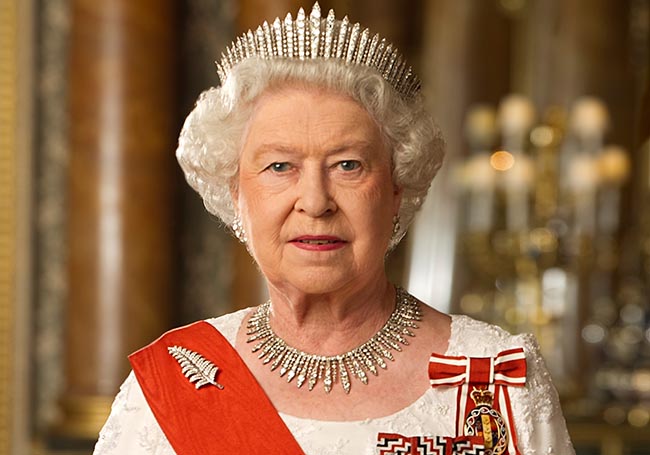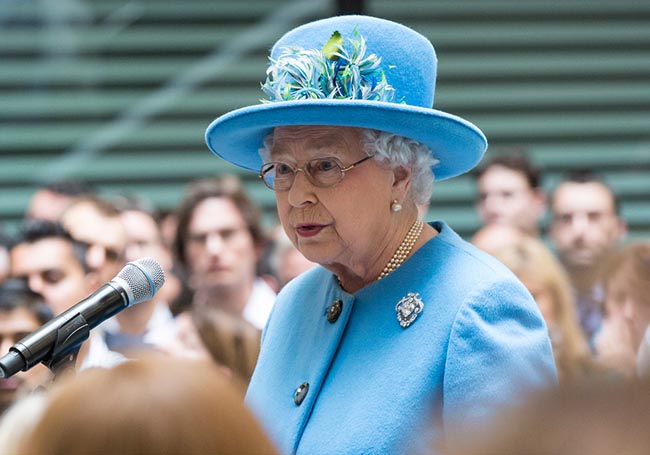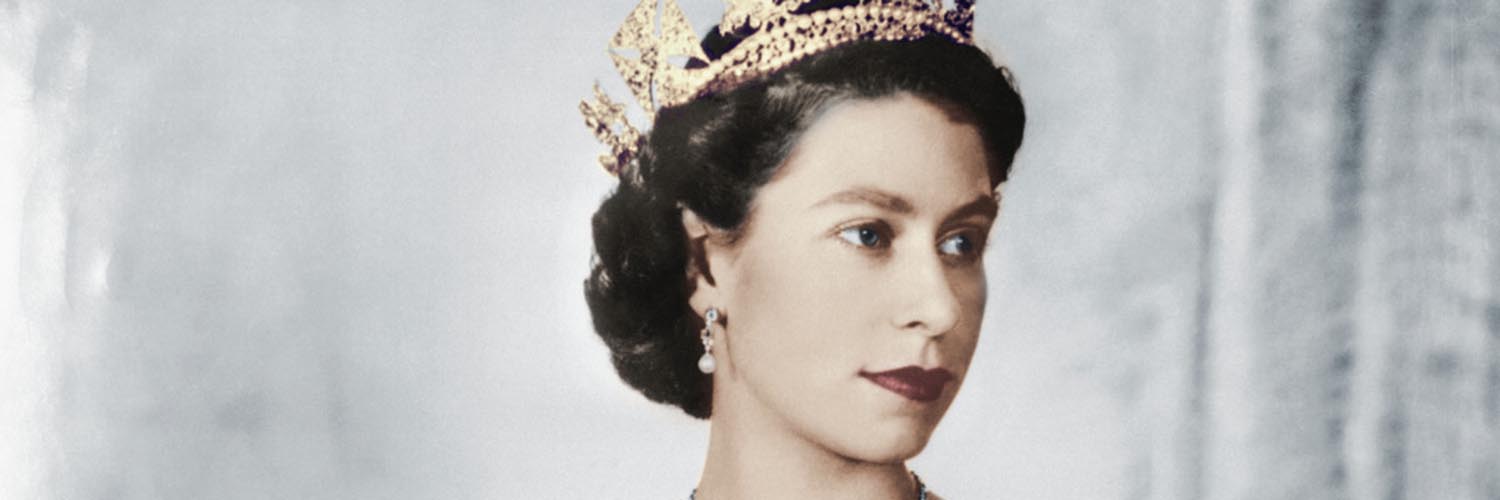
Queen Elizabeth II, the UK’s longest-serving monarch, has died at Balmoral aged 96, after reigning for 70 years.
The Queen came to the throne in 1952.
With her death, her eldest son Charles, the former Prince of Wales, will lead the country in mourning as the new King and head of state.
In a statement, Buckingham Palace said: “The Queen died peacefully at Balmoral this afternoon.
“The King and the Queen Consort will remain at Balmoral this evening and will return to London tomorrow.”
All the Queen’s children travelled to Balmoral, near Aberdeen, after doctors placed the Queen under medical supervision.
Her grandson, Prince William, is also there, with his brother, Prince Harry, on his way.
Her family gathered at her Scottish estate after concerns about her health earlier on Thursday.

The Queen leaves a large and devoted family – one that has recently mourned the death of her husband Prince Philip.
Her four children, Charles, Anne, Andrew and Edward, gave her eight grand-children. She also leaves 12 great-grandchildren.
Prince William has become the heir to the throne, at the age of 40.
The Royal Family will now enter a period of mourning. Official engagements will be cancelled and union flags will be flown at half-mast on royal residences, government buildings, across the Armed Forces and UK Posts overseas.
As the news of Queen’s death was announced, hundreds of people were gathered outside the gates.
The Queen’s death brings to an end the longest reign in the history of the United Kingdom, and one of the longest reigns by any head of state.
Elizabeth II became Queen on the death of her father King George VI on 6 February 1952. She held her coronation at Westminster Abbey the following year.
Her reign of 70 years was seven years longer than that of Queen Victoria.
Leading the monarchy from the final years of the British Empire into the age of social media, she became one of the world’s most recognised and respected figures.











